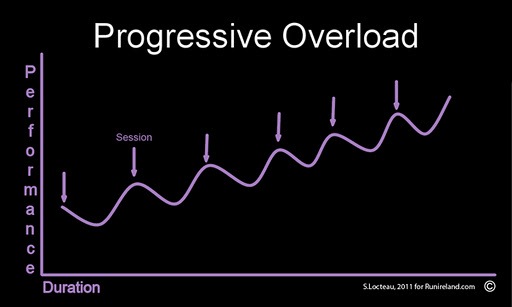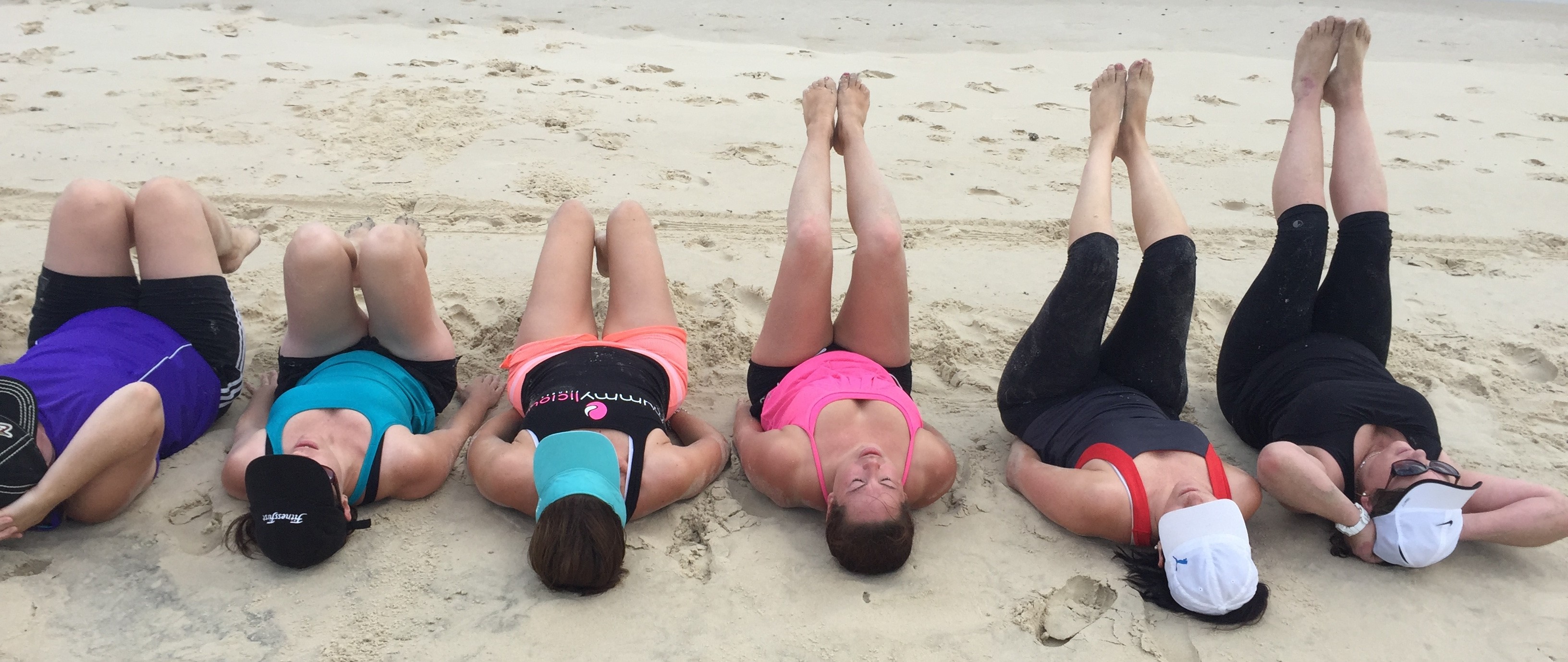Are you focused on your exercise? If so, you may want to seriously reconsider…
Here are the cold, hard facts:
* Weight-loss is the number one New Year’s Resolution people set every year….
* Only 46% keep their resolution after 6 months
* Only 8% achieved their goals!!
Ultimately, success is a mindset that very few people have and busy mums are less likely to put their needs ahead of the family. We all have the same 24 hours in the day, and most of us are flat out just keeping the family running – only a select few have the mental discipline to truly change their lives.
So, if you plan on making a health, fitness or weight loss change, I’m going to shift your mindset and help you join the top 8%…
How?
By telling you to “STOP EXERCISING!” Wait, what?!?! Yes, that is what I meant: STOP EXERCISING ……….To reach your goals you must “TRAIN” And yes, there’s a serous difference…
“Exercise is physical activity for its own sake, a workout done for the effect it produces today, during the workout or right after you’re done.” ~ Mark Ripetoe – Strength/Conditioning Coach
Training is physical activity done with a longer-term goal in mind, an accumulation of workouts that are specifically designed to produce an end goal.
Exercise is fun today. Well, it may not always be fun (ha ha), but you convince yourself to do it today because of the effect that will benefit you today… In contrast, Training is the process of generating long-term results, of which each workout is the stepping stone to your end goal.
One of the unique things about our Mummylicious Outdoor Group Training Series is our approach to program scheduling. While many bootcamps are ongoing and have a similar focus, we have designed this Series to ensure a proper training “flow,” and “variety” to provide you with the best possible results to last a lifetime.
This process is referred to as Progressive Overload. It uses phase, modality and load specific variations of training, each with a specific goal or training adaptation. The body is an amazing thing – it’s main goal is to ensure that it is capable of enough strength, endurance and power to meet the demands you put on it. It doesn’t care that you have some fitness goal like “running a 10k” in mind or that you want to “build muscle”, “lose fat” or “get toned”. It just wants to keep functioning as efficiently as possible.
Its for this reason that the body changes and improves based on the Progressive Overload Principle.
 In simple terms: in order for a muscle to grow, strength to be gained, performance to increase or for any similar improvement to occur, the human body must be forced to adapt to a tension that is above and beyond what it has previously experienced.
In simple terms: in order for a muscle to grow, strength to be gained, performance to increase or for any similar improvement to occur, the human body must be forced to adapt to a tension that is above and beyond what it has previously experienced.
For example, if you continue to lift the same weights, do the exact same exercises or run the same 5 or 10km distance over a number of years, your body won’t change. But if you mix it up a little by increasing your weights or reps or do more challenging moves like add some sprints to your runs, your body will have no other choice but to make changes and adapt to this new level of exercising.

Here are some ways to achieve overload:
* increase the load/weight
* increase the quantity – reps/kms/minutes
* modify the exercise to make it more difficult
So exercising only once a week won’t have much impact on strength and fitness gains. Too much rest between workouts means your body will revert to the lesser demands it is accustom to a few days after your workout. You need to find a good balance of exercise (for the demand) and rest (for the recovery and strength building phase) in your training program to get those results you really want. This Series is designed to give your body enough rest between strength training and running days to recover, repair and build strength even if you do one of our workouts every day!
But keep in mind, it is important that you don’g progress every single workout – you do need a lower intensity workout every week. Try to work at a high intensity one or two days a week and moderate the other days with one rest day. A good rule of thumb is to increase your workouts by no more than 10% each week. So that means if you are doing three 5km runs one week, the next week you could do three 5.5 km runs or one run of 6.5k and two 5km runs. Or if you are doing weights – increase your weight by 10%.
At Mummylicious – we make it easy. We offer a variety of sessions with the right amount of rest days between the workouts that need it and a great progression increase to ensure you get those results! We don’t exercise, we TRAIN!




Leave a Reply